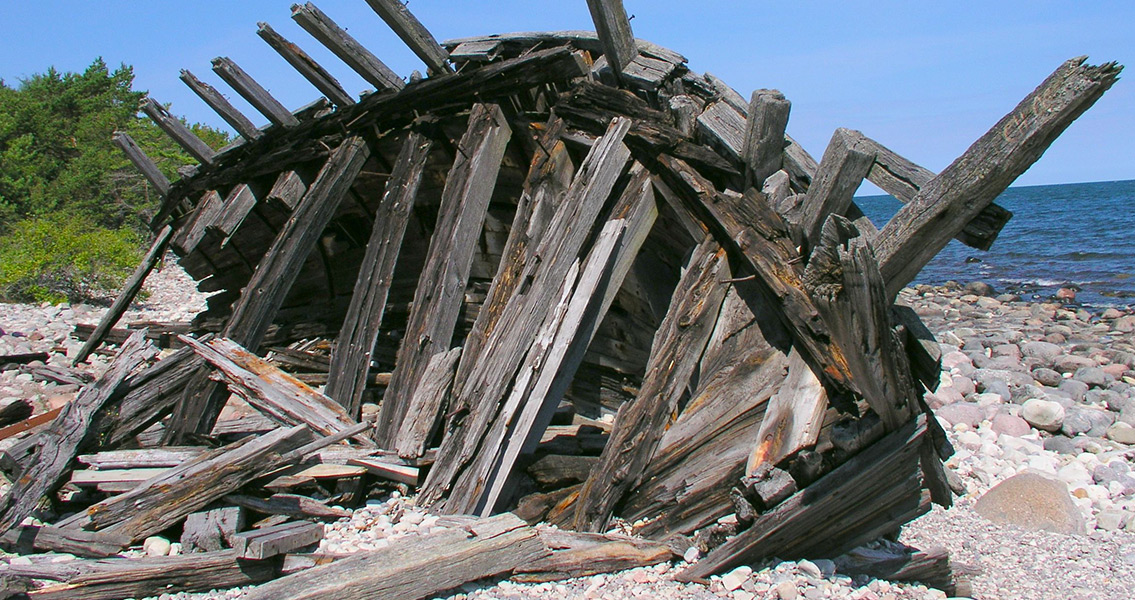<![CDATA[The history of law is closely connected with the development of civilisations. How the law evolves and adapts can reveal a huge amount about changing aspects of society. One of the defining periods in European law was the medieval period. Medieval European scholars began researching the law which had existed in the Roman Empire. By reapplying the concepts of Roman law, medieval states began to take the first steps towards our modern legal tradition. It is widely recognised that medieval law was more than a system of words which were simply confined to lawyerly debate and scholarly treatises. They affected real people and had genuine impacts on society. New research has looked at an area which has not been studied with regards to medieval law: the way in which materiality was implicated in medieval law. Tom Johnson, historian at the University of Birkbeck, has been studying how the material nature of European society is reflected in law codes. “Law singled out material objects from indistinctness, giving them categories (“chattel,” “real property”), assigning them names (“cup,” “field”), according them properties (“silver,” “pasture”), and, consequently, establishing their owners and the rules that governed their use and conveyance,” Johnson wrote in his essay, published in the American Historical Review. Exploring this aspect of medieval law allows us to more fully understand what medieval law actually was, and what it could do. Medieval law, Johnson argues, was an intellectual discourse which provided order for society. Also, the material nature of medieval law provided a quality of physical items. Johnson focuses on records of shipwrecks and what happened to items washed ashore. In medieval Suffolk, each item found on beaches was noted by courts and given a monetary value by a jury of shipmasters. The finder of the wreck got to keep whatever they had found, provided they paid half of the monetary value to the landowner; similar to modern-day treasure laws. “Prima facie, [the shipwreck records] provide straightforward insight into the socioeconomic dynamics of a small maritime community in medieval England,” Johnson explains. “However, this evidence can also be used to demonstrate the ways in which legal processes constructed material objects, and how those objects were implicated in the enactment of legal obligations, the constitution of property, and the stratification of maritime society.” In the majority of cases, the only information given is the name of the finder, the name of the object, and its price. For Johnson, this shows that the wrecks were imbued with legal qualities – finder, name, value – that also delineate material characteristics. ‘Finding’ was a legal construct, ‘Naming’ was a way of giving an object local association, and ‘Valuing’ firmly located the object in economic life. In short, these legal terms served a real-world function. These procedures involved in registering shipwrecks transformed an item washed ashore and without an owner into a legitimate piece of property. Johnson argues that these shipwreck cases reveal how material items were made legal and, by extension, show how materiality was important to medieval individuals. For more information: www.ahr.oxfordjournals.org Image courtesy of Wikimedia Commons user: Jan kask~commonswiki]]>
Medieval Shipwreck Law Reveals Complex Legal Process
